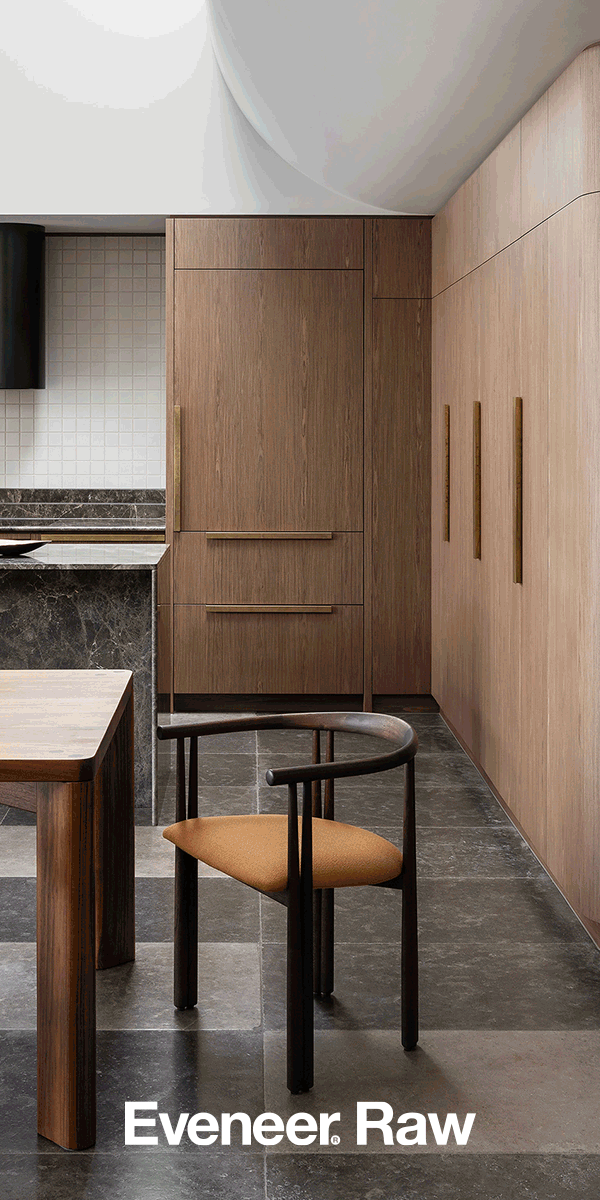Sophie Lanigan caught up with Carson Chan, Director of the Emilio Ambasz Institute at MoMA, to chat about their debut exhibition Emerging Ecologies:...
Union Pamphlet
Union magazine's bi-monthly selection of exhibitions and events – June/ July, 2022.
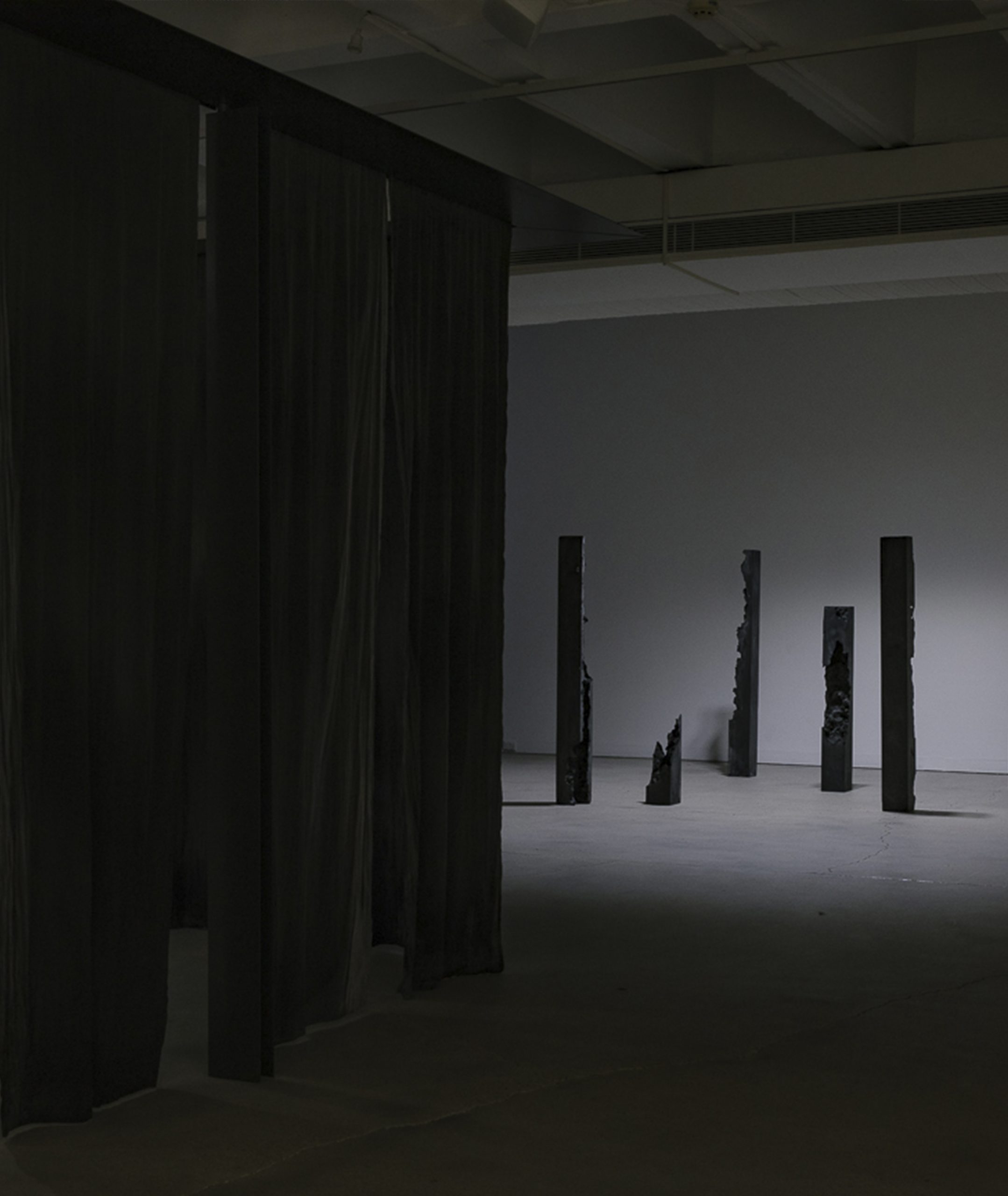
Rift 隙 by Kien Situ presented at Tin Sheds Gallery, Sydney.
Rift 隙
Tin Sheds Gallery, Sydney
Rift 隙 by Kien Situ 司徒建 is a multisensory exhibition that explores cultural identity and displacement through sculptural works, video, audio, and scent. The exhibition title combines the English ‘rift’ with the Chinese character ‘隙’ (Xi), meaning ‘discord’, ‘interval’ or ‘opportunity’. Together, they evoke a geographic and cultural fragmentation familiar to Situ, through his Chinese-Vietnamese heritage and diasporic upbringing. ‘Rift 隙’ converts these fissures into sites of potential and becoming.
A key material in Situ’s practice is Chinese Mò ink, whose Chinese characters translate to ‘black’ and ‘earth’. Situ fuses this pigment with textiles and monolithic forms, which are both dense and light, fixed and mutable, fluid and concrete. Central to ‘Rift 隙’, an ‘Ink Pavilion’ walled with dyed silk creates deconstructed monument that surrounds a 64-piece sculptural work referencing the ‘I Ching’ – an ancient Chinese divination text recognised as one of the earliest articulations of the arithmetic binaries crucial to present-day computer coding. The installation is accompanied by a field of sculptural columns, a slow-motion film, and a multi-channel soundscape.
Situ’s suite of new work uses spatial and material experimentation to reframe understandings of distance and identity, interrogating boundaries between the natural and human-made, artistic and architectural, East and West. Collaborators: Johanna Bear (Curator), Zoë James (Graphic Designer), Oliver Rose (Film Director), Oskar Wesley-Smith (Sound Designer).
Discover more about Rift 隙 here.
New Volumes Collection 02|
Presented by Artedomus
Terracotta is an enduring material and culturally significant in the history of art and design. Crafted from fire and clay, Terracotta has been used in architecture, art and object-making since 24,000 BC. Driven by a desire to explore the design potential of this timeless, natural material in a contemporary setting, New VolumesTM Collection 02 by Artedomus is an eight-piece collection that challenges assumptions about the potential of this broadly familiar material.
New VolumesTM Collection 02 brings together the talent of a diverse group of Australian designers and creatives – Thomas Coward, Kare Stokes, Hattie Molloy, Chris Connell, Megan Moron, Adam Goodrum amd Lucy Simpson. Each creative was invited to craft a unique furniture, lighting or homeware piece using a single material – terracotta – that pushes the boundaries of function and form, and speaks to the way we live today.
New Volumes is concepturalised and curated by Thomas Coward, Creative Director at Artedomus. Artedomus stands at the forefront of design, importing and developing stone, tiles, architectural surfaces, bathware and furniture. Artedomus’ new, innovative and custom product ranges push the boundaries of architectural materials.
New VolumesTM Collection 02 is now on display at Artedomus.
Find out more about New Volumes 02 and order a piece from collection here.
An Alternative Economics
Institute of Modern Art, Brisbane
An Alternative Economics presents work from Australian and international artists who use their practice to understand and expand upon the accepted ways we create and attribute value. Guided by the concept of a circular economy and its compelling counter-narrative to an untenable model of eternal growth, each work in this exhibition offers a provocation that asks visitors to reconsider what is ‘counted’ in society and why.
Exhibiting the work of contemporary artists and designers, including Five Mile Radius, Gunybi Ganambarr, Wanda Gillespie, Katie Paterson, Make or Break, Keg de Souza and Shevaun Wright, each project offers propositions for making in a ‘post-growth’ world; utilising materials of place, critiquing extractive systems, sharing cultural knowledge, promoting the rights of nature, and meditating on the role of creative practice to promote change. The artists in this exhibition each propose alternate visions for a more sustainable, equitable and just future. The art objects in An Alternative Economics index processes of critique through their form and offer alternate models in their concepts. These ideas decentre the human or institution as the arbiter of value, and highlight that the transformation of relationships marks the pathways towards change. Artists: Five Mile Radius, Gunybi Ganambarr, Wanda Gillespie, Katie Paterson, Make or Break, Keg de Souza and Shevaun Wright.
Curated by Tulleah Pearce.
Find more information about An Alternative Economic here.
Composite Acts
Mori, Sydney
Exhibiting works by six forward-thinking architecture practices – Other Architects, Future Method Studio, MAPA, OFFICE, Second Edition and Interlude Archive – as well as hosting discussions with the editors of publication Rooms & Corridors, and academic Endriana Audisho, the inaugural season of Composite Acts is driven by the idea that architecture is most potent when positioned at a juncture with other modes of practice and ways of thinking.
Hosted at Mori, a new space in Sydney that is poised to initiate architectural conversations between architects, designers and the community, the program looks to practices where disciplinary boundaries are crossed and redrawn: architects working like artists, working like academics, working like activists, working together. Composite Acts is focused on contemporary architecture practices based in Sydney and Melbourne that challenge conventional methods of practice by critically engaging with other disciplines, histories, politics and the environments.
Composite Acts is curated by Janelle Woo and Umi Graham, founders of Mori – an initiative that provides an alternative platform for continued learning, knowledge-sharing and critical discussion about the ways the world is built.
Talks
Saturday 18 June 2022, 4-8pm
‘Educated Bodies’ — Interlude Archive and Endriana Audishio — 4.30pm
‘Rooms & Corridors’ — Colby Vexler, Belinda Yang, Louis Horne — 6pm
See the full Composite Acts program here.
Byne Systems
Presented by Herman Miller
Commercial interiors present architects and designers with a complex proposition. As with all architectural projects, thinking about ‘the client’ extends beyond a commissioning individual or group of organisational representatives. In an office environment, successful interior design is always delivered in a way that suggests foresight and consideration for how spaces will be occupied by an extended team of people. In the day-to-day workplace experience, a designer’s sphere of influence is made most apparent in how those people enjoy the space each day – there’s an expectation of comfort, usability, responsiveness and personalisation for the way that contemporary workplaces can be occupied. Much of a designer’s ability to deliver this experience relies on the inclusion of innovative, adaptable office furniture.
A collaborative approach between architects, designers and design-led furniture suppliers has resulted in workplace solutions that are increasingly flexible, encourage autonomy and provide dynamic working environments that shift with the needs of each day. The recently released Byne System – a highly configurable workstation by furniture manufacturer Herman Miller – draws on an existing suite of products to bring together the most useful components of each design into one dynamic workstation.
Extending the sustainable agenda of the design industry, a number of Herman Miller workstations can be built using locally made components, which are produced as part of the company’s Australian Localisation Program – a scheme that supports local materials and manufacturers. Built on a framework where components, including privacy screens, pinnacle surfaces, cabling systems and legs can be changed at low cost and with minimal downtime, the Byne System works with the Herman Miller height-adjustable ranges, Ratio and Atlas Office Landscape, to support designers to produce relevant and reliable workplaces.
Read more about Byne Systems and Herman Miller's Ratio and Atlas Office Landscapes here.
Within an utterance
Until 02 October, 2022
MONA, Hobart
Uncovering the language, culture and history buried beneath our feet, Brisbane-based artist Robert Andrew will exhibit ‘Within an Utterance’ alongside two new exhibitions at MONA from Jeremy Shaw and Fiona Hall and AJ King during this year’s Dark Mofo. Andrews builds machines that excavate language and ancient knowledge systems recorded in the earth. Within an utterance digs deep into lutruwita / Tasmania's own buried history, based on conversations with local speakers of palawa kani (a complex ongoing project of reviving Tasmanian Aboriginal language). After Robert, at thirteen, discovered he was Aboriginal, a descendent of the Yawuru people from the Broome area in the Kimberley, much of what he learnt about this part of himself came first from historical documents, mostly settler accounts. The colonial script, in short—but also a pathway to ancestry and knowledge.
Within an utterance,sees Andrew collaborate with pakana community members, pakana curator Zoe Rimmer and Aboriginal linguistic consultant Theresa Sainty. The exhibition also responds to the physical site of MONA, which is dotted with twelve shell middens.
Within an utterance is curated by Emma Pike.
Find out more about Within an utterance here.
Transformative Repair
Australian Design Centre, Sydney
The objects that surround us have a lifecycle – they are metabolised through use and embody labour and resources from an underrepresented chain of production. The inherent value of our ‘things’ is disregarded when they become considered ‘obsolete’ and are carelessly disposed of. Challenging the culture of discarding damaged objects and replacing them with new, ‘Transformative Repair’ is an exhibition of broken objects that have been repurposed through reparations made by select Australian designers and contemporary artists. Led by Guy Keulemans and Trent Jansen the exhibition generates discussion around the environmental impact of our culture that continually chooses to replace instead of repair.
‘Transformative Repair’ runs from 2-10 June 2022 at the Australian Design Centre, Sydney, with a talk from contributors being presented on 4 June at 2pm and the auction of exhibited works at 6pm on 9 June 2022.
Exhibited designers: David Caon, Adam Goodrum, Kyoko Hashimoto, Lucy McCrae, Illiam Nargoodah and Liz Williamson.
Find more information on Transformative Repair here.
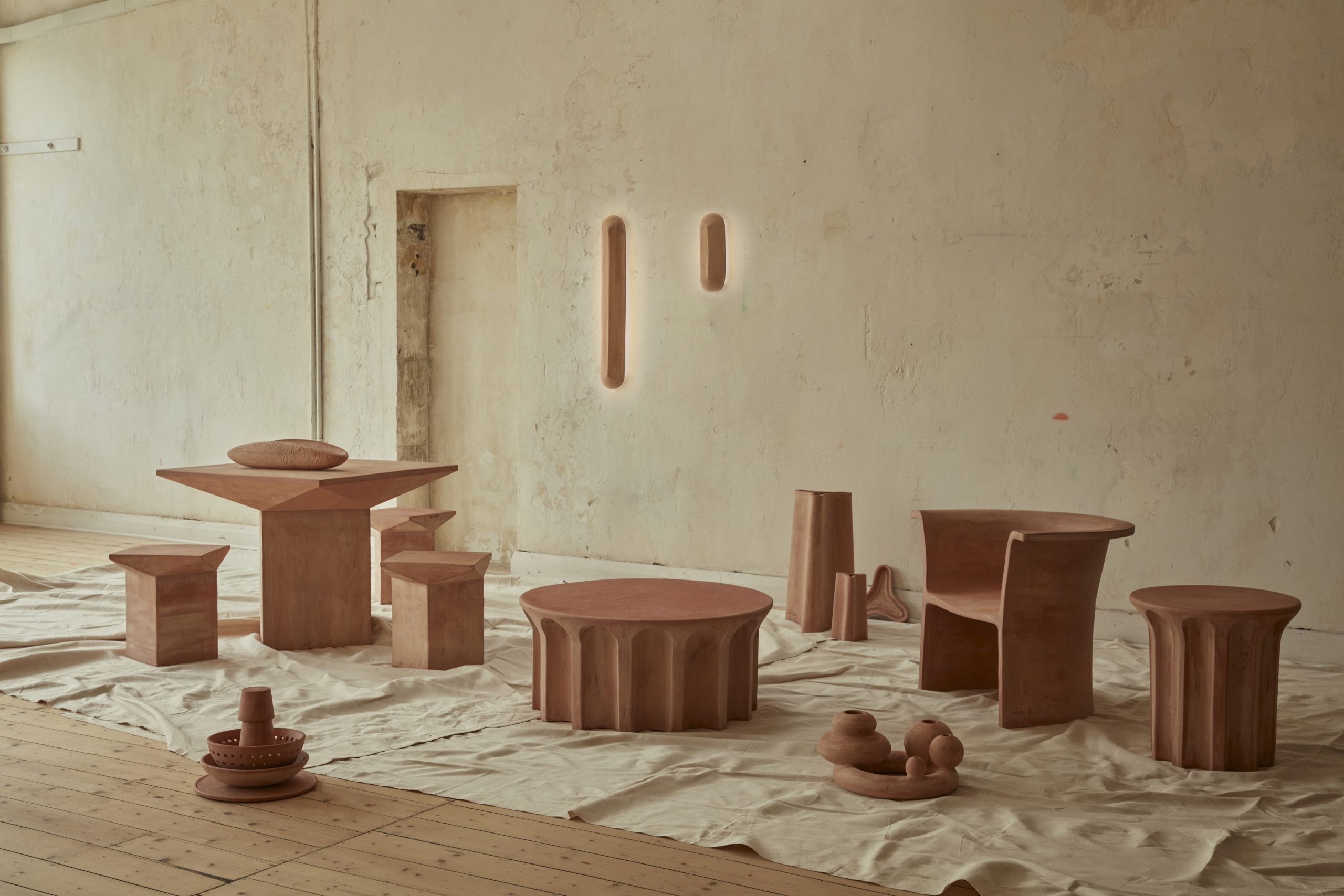
New Volumes Collection 02 by Artedomus. Photo: Sean Fennessy.
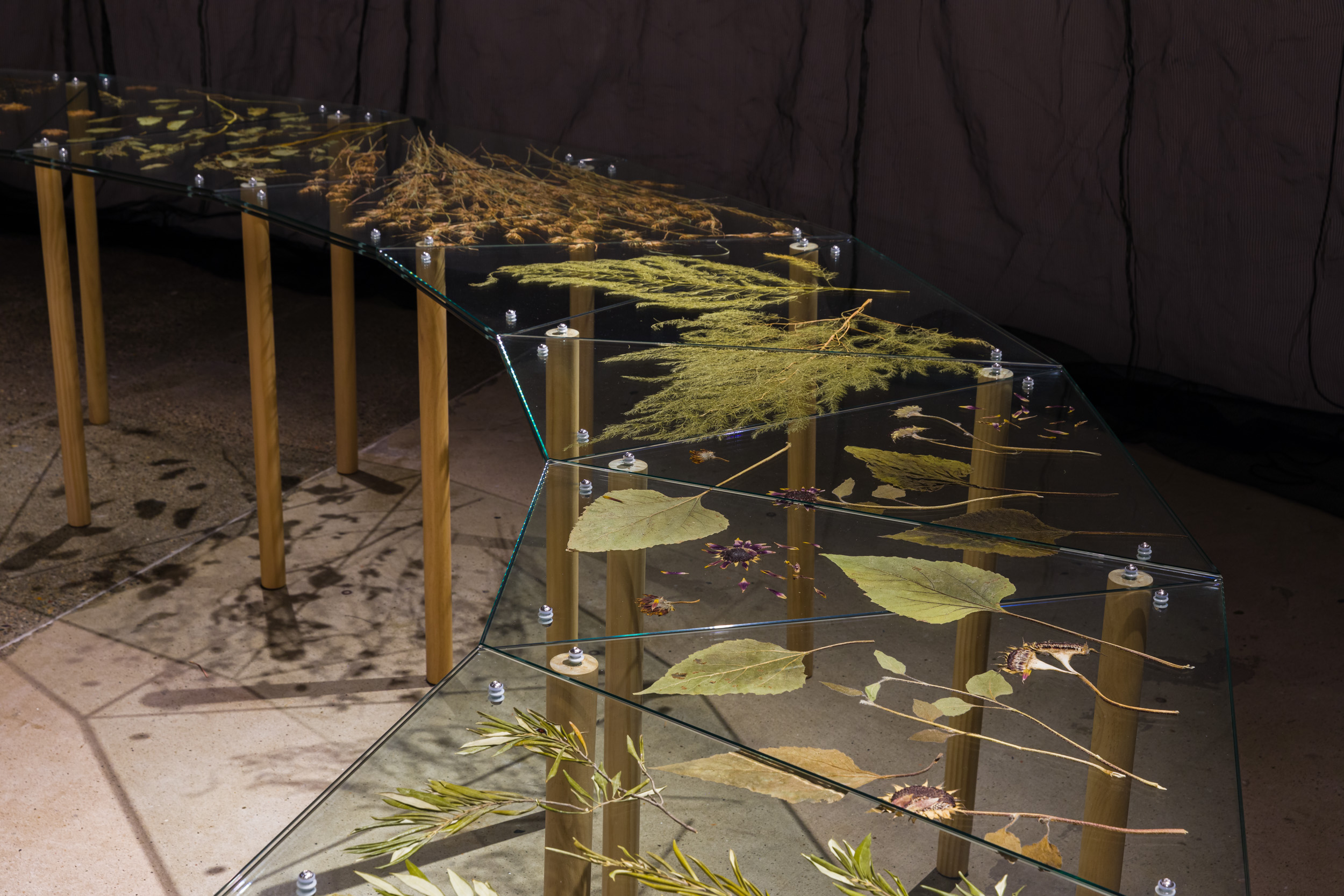
Keg de Souza, Not a Drop to Drink, 2021. Installation view: An Alternative Economics, IMA, 2022. Photo Joe Ruckli.
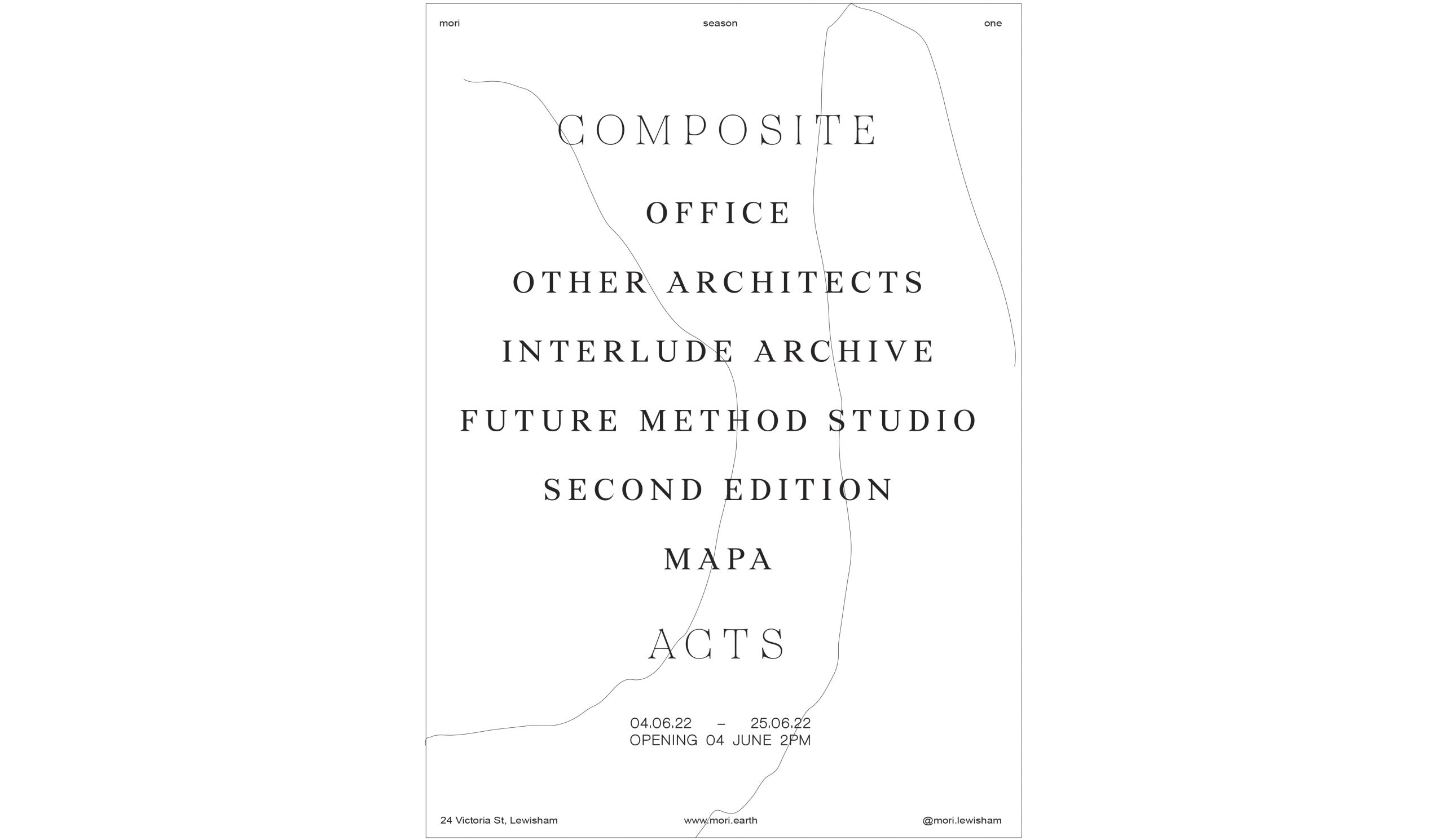
Composite Acts, Mori Sydney. Image: Janelle Woo and Umi Graham.
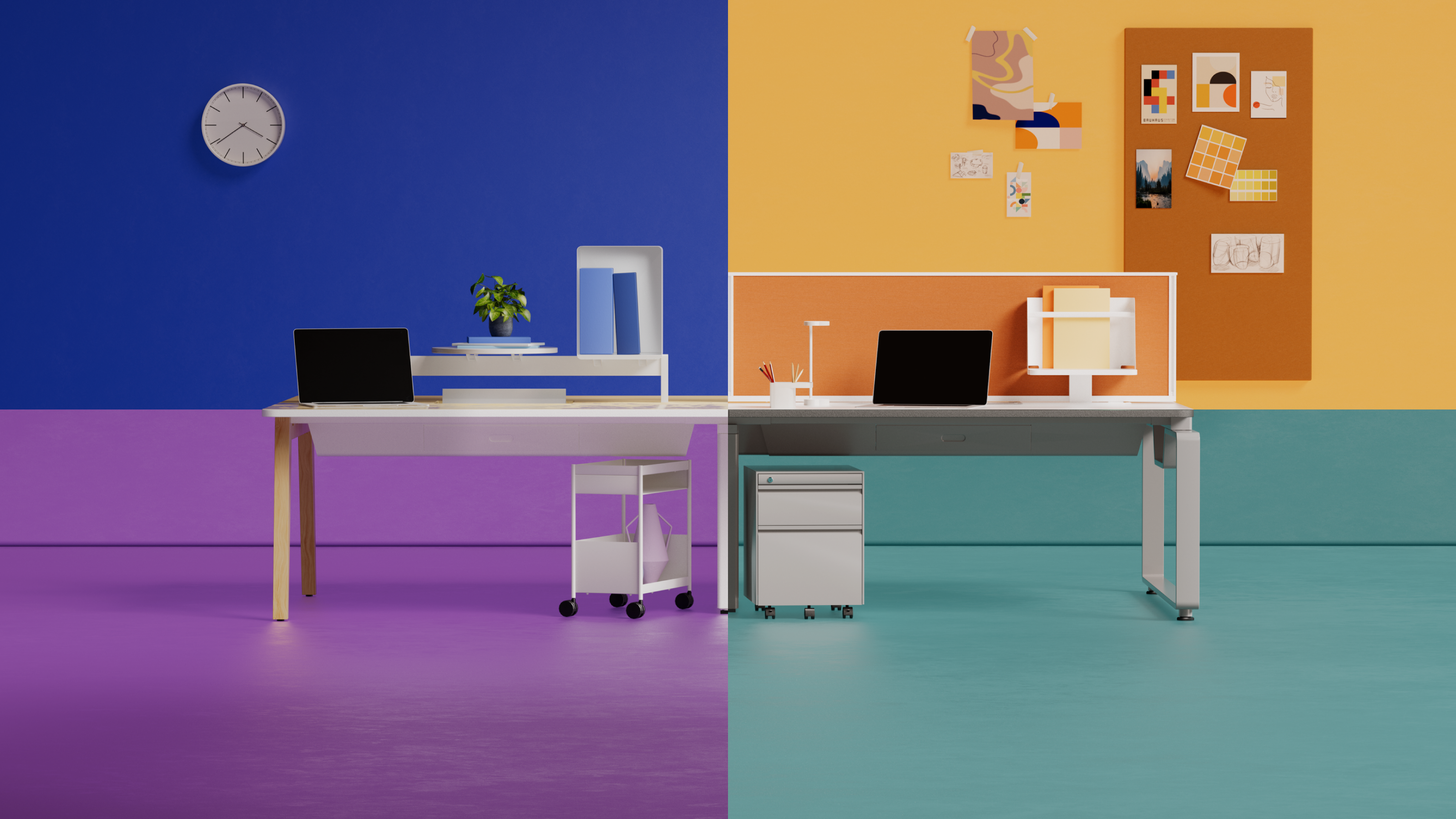
Byne System by Herman Miller.
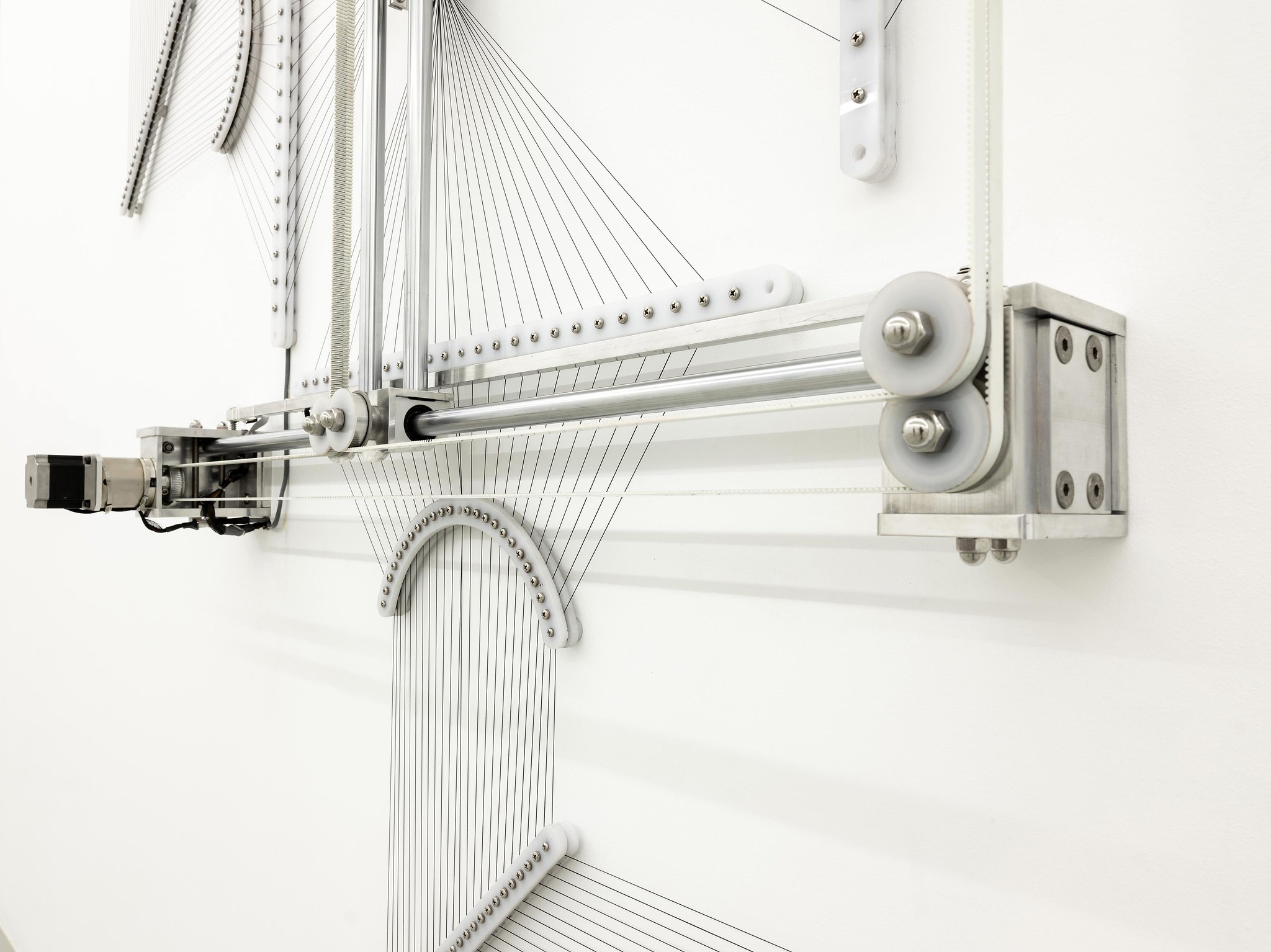
Robert Andrew, Within an utterance. Photo: Courtesy the artist and MONA.
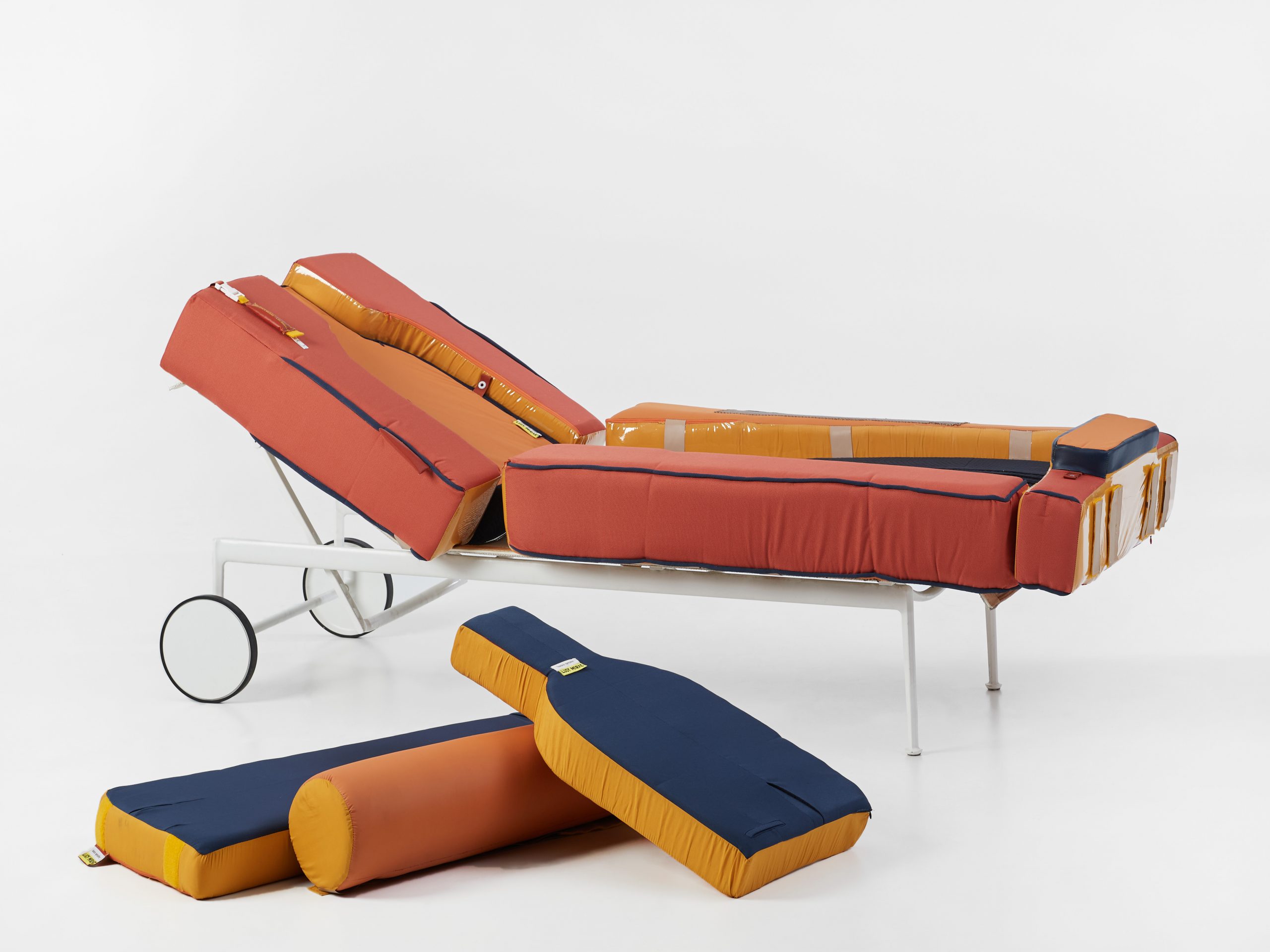
Transformative Repair x ADC, Clothing from Bianca Spender, repaired by Lucy McRae. Photo: Traianos Pakioufakis.

